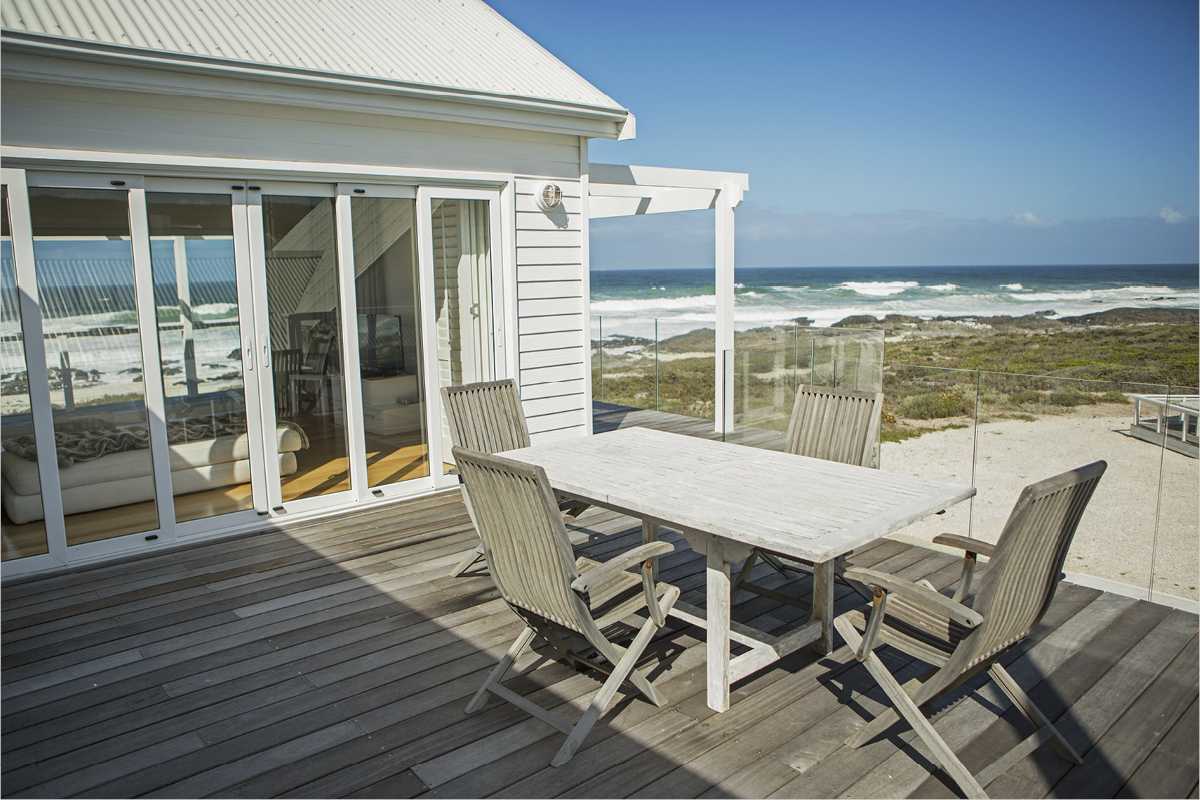
Where Will Christchurch End Up?
Campbell Venning ponders: Can the Garden City sustain rapid growth?
1 April 2015
It was often said in 2012 the two things that pushed the country out of recession were high migration numbers fuelling the Auckland property market and the $40 billion rebuild of Christchurch. Two years on, this and other industries experiencing solid growth have put us on a path of low unemployment, low interest rates, curbed inflation and a generally positive economic climate that benefits most New Zealanders.
So while this is all good for the here and now, the big question our customers keep asking is: “How much new property can Christchurch sustain?”
It’s a good question because when you look at the number of new subdivisions, the number of rentals available on Trade Me and the amount of construction under way, alarm bells can understandably start ringing in an investor’s mind.
To go about the exercise with more quantitative research, we looked at a couple of key metrics:
1) Christchurch’s current population and
2) Christchurch’s forecast population.
Christchurch City was the only territorial authority in the 2013 census to report a population decrease (-6,987). But don’t be put off because the numbers since then make for some more positive reading and a loss of 11,000 homes is a significant dent in housing supply. So it is understandable that the overall population has gone down.
Breakdown By Region
The territorial numbers are a lot more positive than the headline numbers once you break down the city by location. With so much destruction in the CBD, this is where the population dropped the most.
What is good reading from an investment point of view, however, is that the areas outside the CBD are experiencing solid population growth, with Selwyn and Waimakariri District in the top three fastest growing regions for the whole of New Zealand over the period between the 2006 and 2013 censuses.
Christchurch (2% growth) is now growing faster than any city outside Auckland (2.2% growth). Forecasters are expecting this to continue with the bulk of the growth to occur in Selwyn
and Waimakariri.

Population growth is typically the number one driver creating capital gains. Christchurch has come back from negative growth to become the second-fastest growing city in New Zealand. It is early days in the rebuild. Demand for housing should stay strong until the supply picks up. Pick your investment locations based on where people are moving to and you should be rewarded with low vacancy, solid long-term cash flow and capital growth.

Campbell Venning has been investing in property for over 20 years and is a director of Positive Real Estate, a New Zealand and Australian business that educates customers in long term, low risk investing as well as providing a licensed real estate agency exclusively for their clients. Visit www.positiverealestate.co.nz to find out more.


